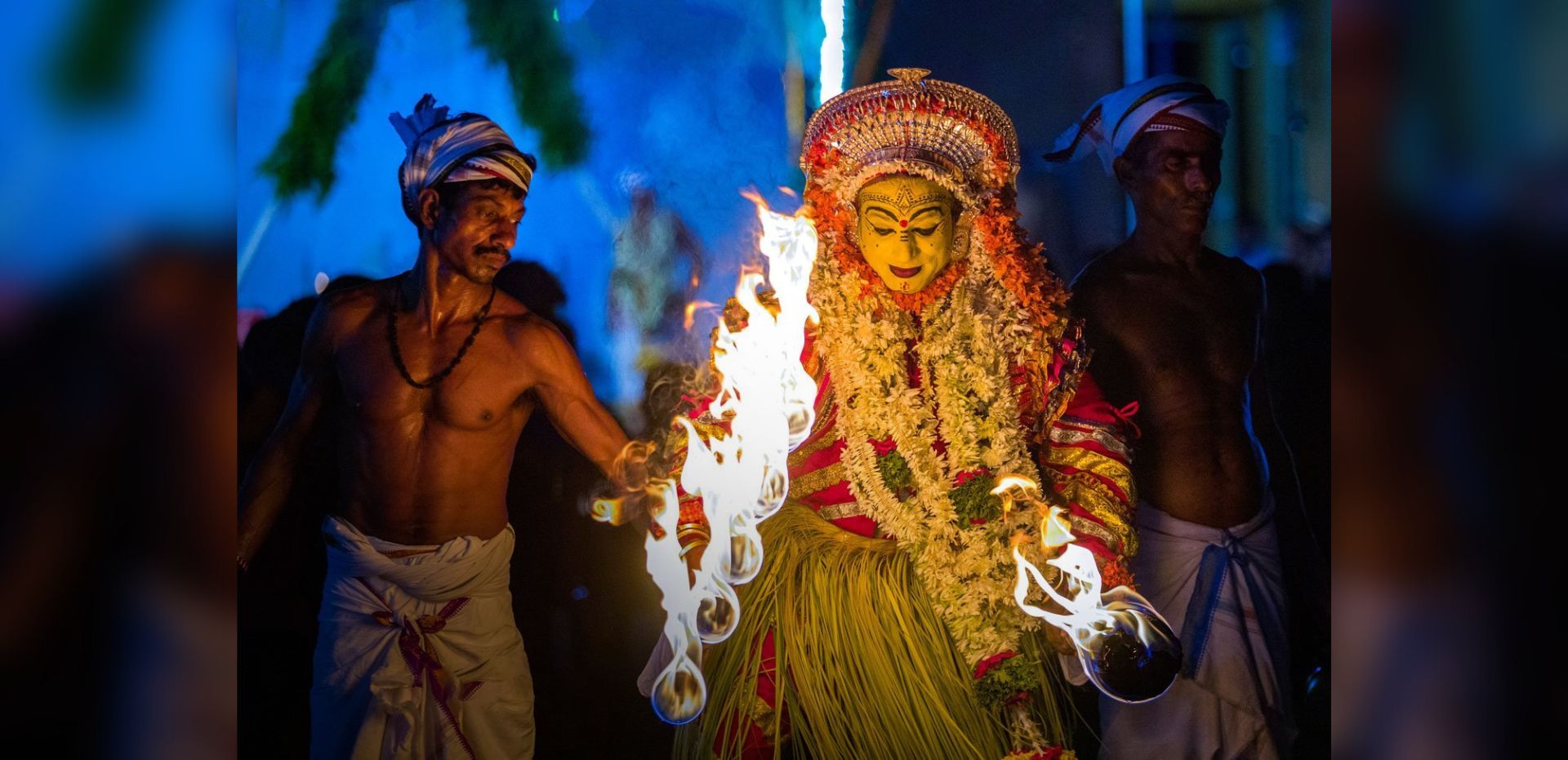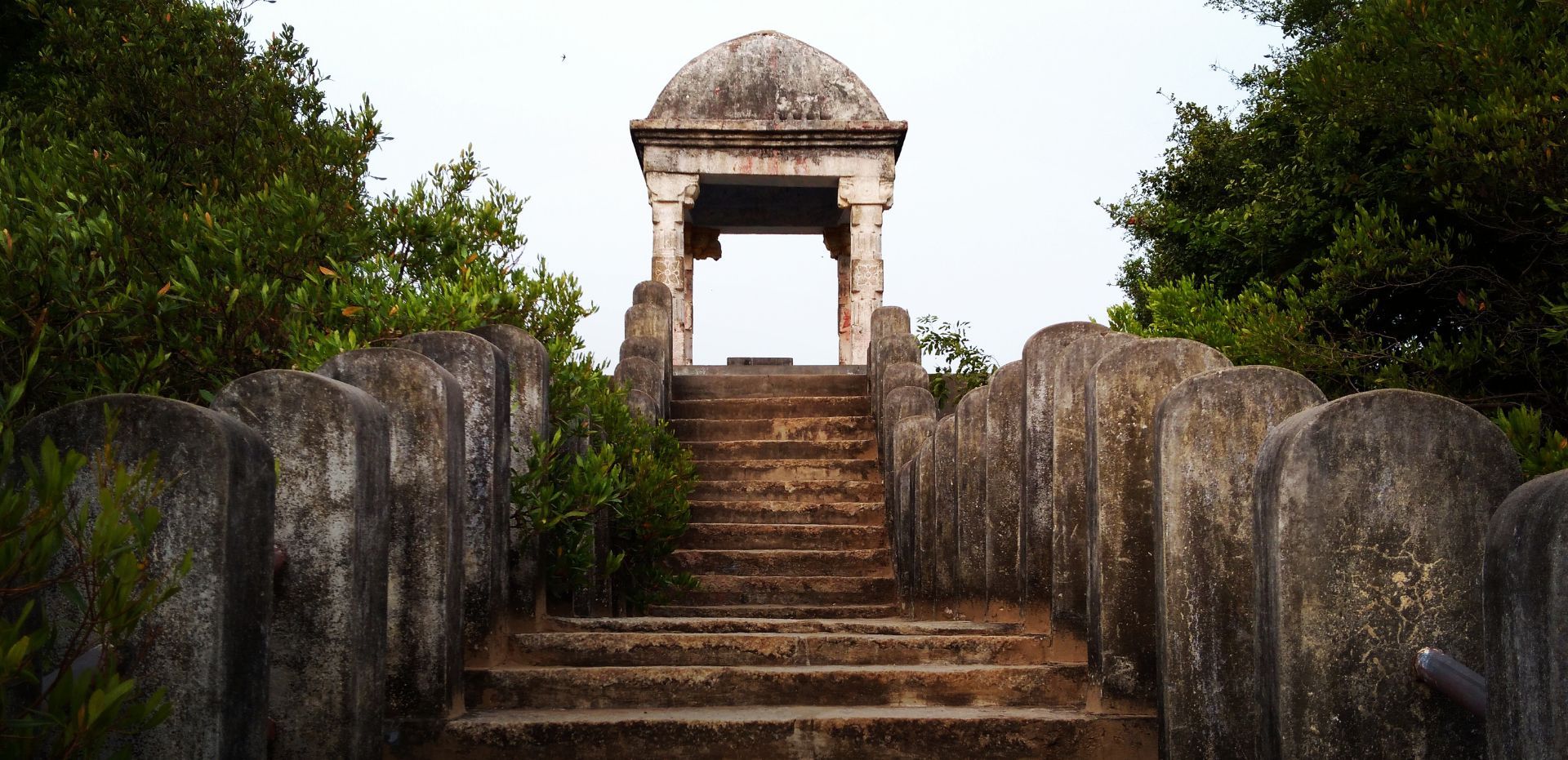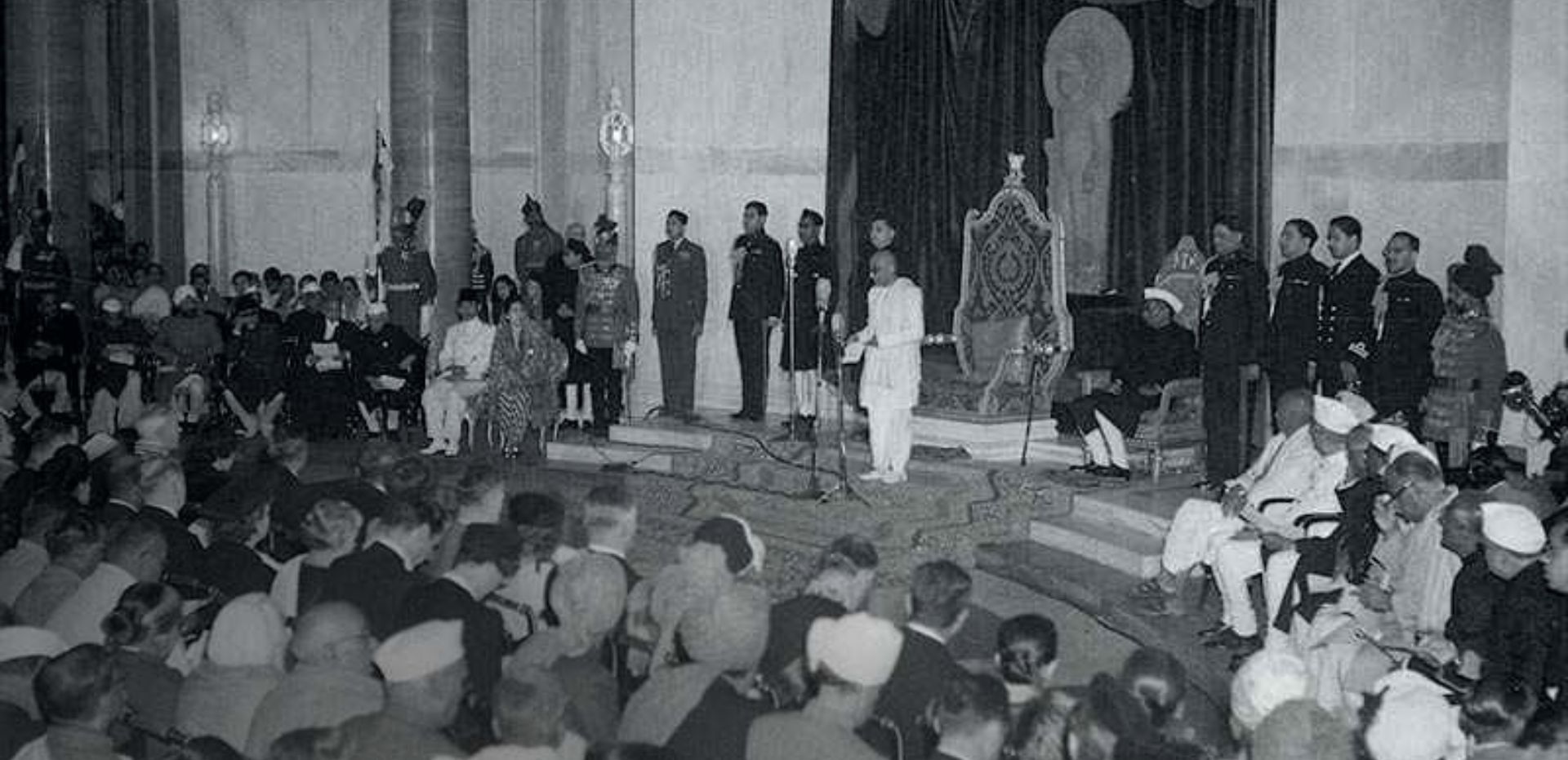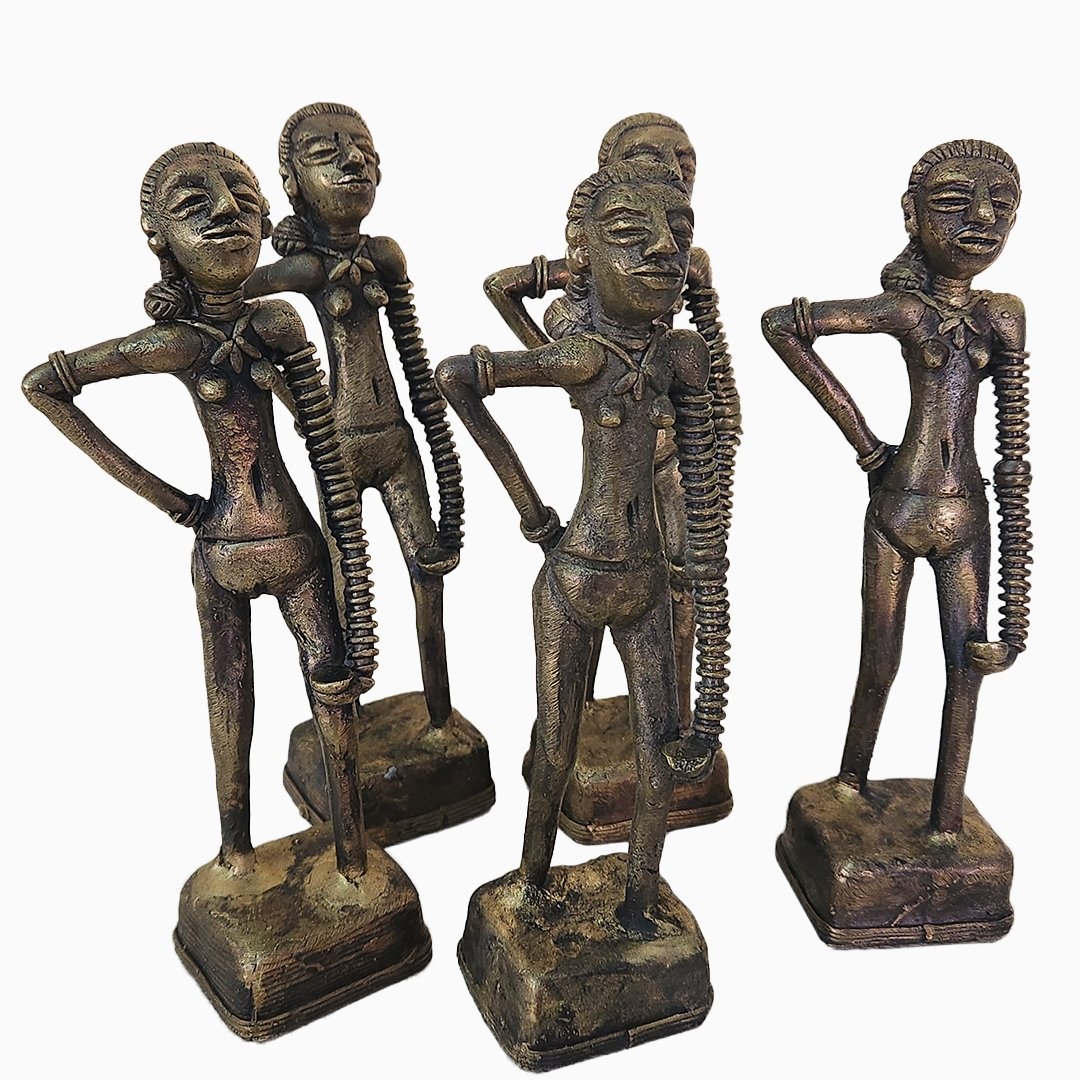Durga Devi Vohra: The Unsung Hero of Bhagat Singh's Great Escape
BOOKMARK
In December of an eventful year in Lahore, a group of young men shot dead a British police officer and fled. The police were on high alert, searching for the accused, including a bearded, turbaned young man who would go down in history as Bhagat Singh, one of India's most prominent revolutionaries.
In a scene straight out of a spy thriller, Bhagat Singh and Rajguru managed to escape with the help of a young woman named Durga Devi Vohra, who posed as Bhagat Singh's wife. With their cherubic young son and a servant in tow, the trio boarded a train to Kanpur and evaded police attention.
Despite her crucial role in Bhagat Singh's escape, Durga Devi Vohra has largely been forgotten by popular culture. This unsung hero of India's independence movement retreated into the background after Bhagat Singh's death and rarely made headlines.
However, her contribution to the movement was significant, and her bravery and dedication to the cause should not be overlooked. This article sheds light on the life of Durga Devi Vohra, also known as Durgawati, and her role in helping Bhagat Singh evade the police and continue fighting for India's independence.
Early Life of Durga Devi
Born in Allahabad in 1907 to a couple originally from Gujarat, Durga Devi was raised by an aunt after her mother died and her father renounced the world. At age 11, she was married to Bhagwati Charan Vohra, who was from a wealthy family and had studied at National College, Lahore. It was here that he met Bhagat Singh and Sukhdev.
Bhagwati Charan became an active member of the Naujawan Bharat Sabha and was active in revolutionary politics from the time of its inception in Lahore, which from the mid-20s was under the auspices of the Hindustan Socialist Revolutionary Association (HSRA). Bhagwati Charan’s parents were deceased and, thus, there was no one to deter the couple from their chosen path. By 1928, the young couple, along with their child Sachinanda had rented a house in Lahore for party activities.
In early December 1928, Bhagwati Charan left for Calcutta to attend the Congress session there. The revolutionaries, while opposing Gandhi’s brand of passive resistance, continued to engage with the Congress and its leaders. Before he departed, Bhagwati Charan left behind a considerable sum of money, amounting to Rs 5,000, with Durga for an ‘emergency’. Given the tightly controlled nature of information flow in the HSRA, it is difficult to know for certain whether he knew of Bhagat Singh’s plans.
Durga Devi in the Assassination Plan
On 19 December 1928, Bhagat Singh, Rajguru and Sukhdev approached Durga for help. The three of them had to flee Lahore, they said. Durga probably knew of their role in the assassination but did not ask. She readily agreed to help and plans were made for Bhagat Singh and Rajguru to pose as master and servant, and crucially for Durga to pass off as Bhagat Singh’s wife. It was a decision that flew in the face of social convention at the time – a married woman posing as another man’s wife. But it was the only way Bhagat Singh could escape.
From Kanpur, Bhagat Singh and Durga proceeded to Lucknow, and from there to Calcutta, where they met with Bhagwati Charan, who was unaware of his wife’s role in the proceedings. Later, the couple returned to Lahore. In April 1929, she went to Delhi, where she again met Bhagat Singh at a picnic in Qudsia Park. From there, Bhagat Singh along with Batukeshwar Dutt went to the Delhi Legislative Assembly, where he exploded a bomb inside the chamber.
The plan all along was to court arrest knowing full well that Bhagat Singh’s role in the Saunders assassination was bound to be discovered and he would be sentenced to death. With his arrest, Durga’s life and her role in the revolutionary movement underwent a significant change. Among other things, late in 1929, she became involved in a plot to free Bhagat Singh by ambushing a police van when he was in transit. The plan came to naught for reasons unknown. In early 1930, she acted as a courier for pistols, which she hid in her clothes.
In late May 1930, Bhagwati Charan was accidentally killed when a bomb he was making exploded. He was buried in a shallow grave in secrecy. Durga bravely soldiered on. She didn’t have the time to mourn her husband as she had to go underground to escape detection by the police. The next few months passed in a blaze of activity, with her always on the move, trying to stay one step ahead of the police.
On 8 October 1930, she along with a couple of others shot at a British policeman and his wife outside the police station in Lamington Road, Bombay. This was an act of protest against the death sentence handed out the previous day to Bhagat Singh and his two compatriots.
It was also the first time that a woman was involved in revolutionary action.
Again, she escaped the police net and was soon back in Lahore. In the months leading up to Bhagat Singh’s execution on 23 March 1931, Durga was at the forefront of the Bhagat Singh Defence Committee that ran a signature campaign against the death penalty and also raised funds for an appeal. She attended court proceedings, continued to meet with Bhagat Singh, and brought him food, letters and books. She is also known to have met Gandhi in February 1931 to press for him to raise Bhagat Singh’s case at his meeting with Lord Irwin later that month.
Imprisonment
Durga was arrested in September 1932 for her involvement in anti-government activities and spent more than a year in jail. Given her brief sentence, it is evident that the British authorities were not aware of the extent of her involvement in revolutionary activities. Once out of jail, she got involved with Congress politics and served as president of the Delhi Congress Committee in 1937-38.
In 1940, Durga appears to have withdrawn from public life and immersed herself in a school she had founded in Lucknow. After that, till her death in Ghaziabad, in 1999, there was little news of her. In fact, much of her role in the Lahore Conspiracy Case (the official name of the Saunders assassination) and her involvement in other activities have been reconstructed from an oral recording of hers that was made in 1972 for the Nehru Memorial Museum and Library’s Oral History Project and corroborated by other sources.
Besides Durga Devi, there were other women who featured in the revolutionary movement, including Bhagwati Charan’ sister, Sushila, but they essayed mostly supportive roles. Durga Devi Vohra was one of the few who became a protagonist. Yet history has never fully acknowledged her stellar role.
AUTHOR
Karthik Venkatesh is a history enthusiast who writes on lesser known aspects of India’s history.
Cover Image: Storyglitz
Peepul Tree World powered by Live History India, is a first of its kind digital platform aimed at helping you Rediscover the many facets and layers of India’s great history and cultural legacy. Our aim is to bring alive the many stories that make India and get our readers access to the best research and work being done on the subject. If you have any comments or suggestions or you want to reach out to us and be part of our journey across time and geography, do write to us at contactus@peepultree.in




















